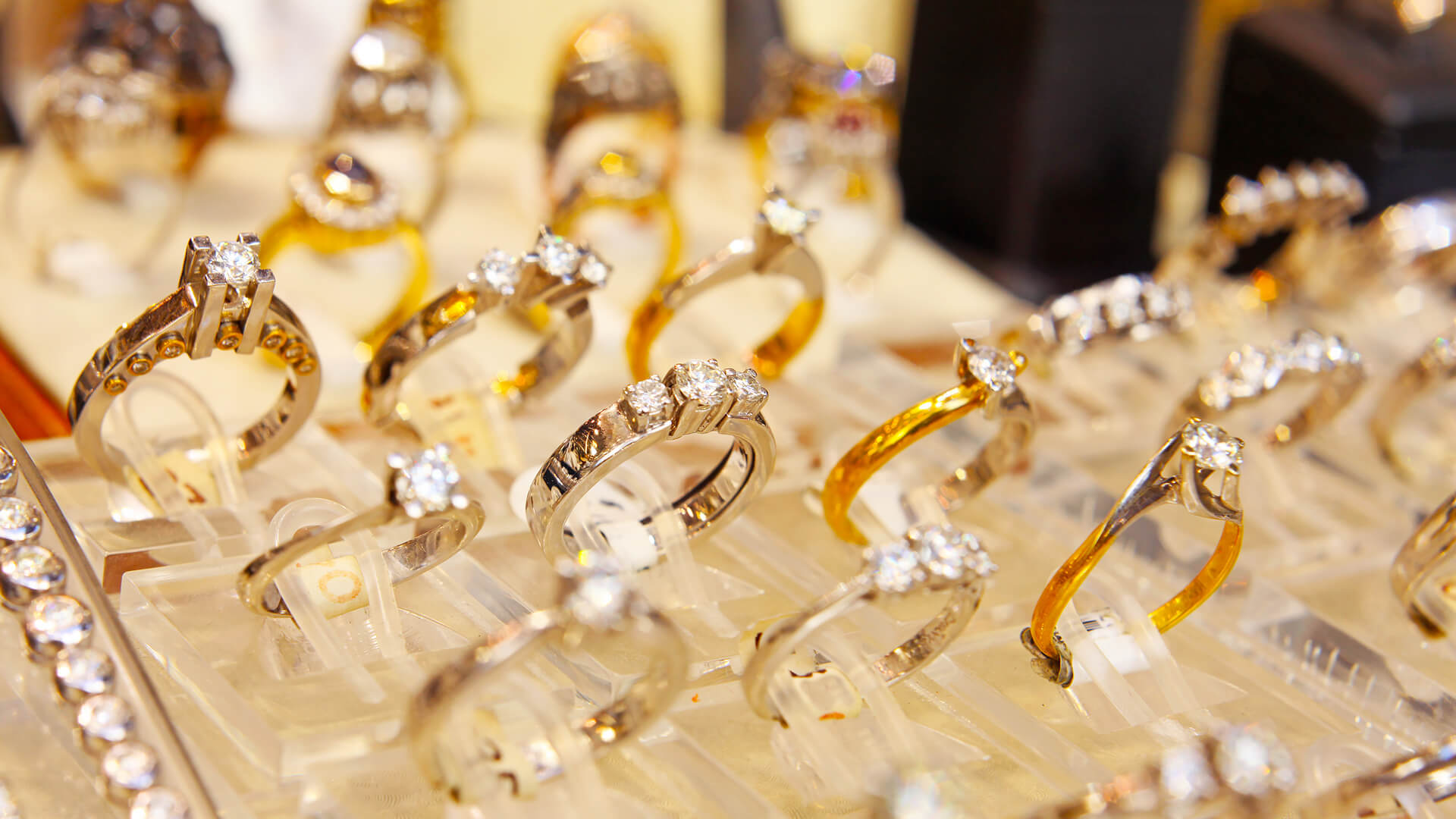There are many different kinds of Vintage Jewellery, with distinct characteristics. Some of the most popular eras for jewelry include Art Nouveau, Edwardian, and Art Deco.
Whether you’re adding to an existing collection or considering selling your vintage pieces, learning about these eras can help inform your decisions. ERJ’s collection includes a wide variety of styles from these eras.
Age
Often, jewelers left a mark or signature on their pieces to identify them. This is a valuable tool when shopping vintage jewellery, as it reveals vital information such as the designer and the date of creation. Having clarity about the piece’s period also ensures authenticity. For example, the Art Deco era from 1920-1939 brought about a dramatic change in jewellery design with bold and streamlined geometric shapes. Pieces from this era featured diamonds and vibrant gemstones like emeralds and sapphires.
The Victorian era from 1837-1901 was characterised by intricate filigree work and organic motifs inspired by nature. This era saw the introduction of cameos, lockets and flowers as jewellery motifs. It also showcased a love for archaeology, with many jewelers creating Ancient Egypt-inspired pieces. ERJ’s antique and vintage collection includes rings, necklaces, bracelets and earrings in all of these styles. These pieces are a timeless addition to any fine jewellery collection. They’re also a great option for gala events or special outfits that require a touch of glamour.
Design
Jewelry styles and trends come and go through the years, but some designs have stood the test of time. One of these is the hoop earring, which has a rich history dating back to 2500 BCE.
Other eras’ styles are still in fashion, such as the ornate filigree of Victorian-era jewelry. Intricate metal detailing called milgrain, or a thousand grains, also became popular in the Art Deco period. It’s a subtle yet stunning accent that increases the surface area appearance of diamonds on rings.
When shopping for vintage jewellery, small details can help you determine its authenticity. Clasp styles, for instance, can indicate a specific era. Look for a hook clasp, a barrel clasp or a decorative variation called a fishhook clasp. These fasteners are often used for multi-stringed necklaces and bracelets. Another sign of quality is a trademark mark, such as the name of an established designer. This will increase the value of a piece.
Materials
The materials used in vintage jewelry are a huge contributor to its value. Alloys (metallic elements mixed together) and specific chain styles can give a piece of jewellery a distinctive look. Filigree chains were popular in the Victorian era (1837-1901), for example, and were hand-crafted using incredibly detailed processes.
Other jewellery materials include glass beads in a rainbow of colours, rock crystal, carved ivory and bone. Bakelite, celluloid and lucite are non-metal plastics that were also very popular at the turn of the 20th Century.
Raissa Bump is a lover of all these materials but especially mica, which comes in a range of transparent to opaque colours and shimmers beautifully under light. She uses mica in both her one-of-a-kind and collection jewellery pieces. She loves incorporating metal washers, stampings and discs in her designs too. You can see these in her pendant necklaces, oversized cocktail rings and geometric bracelets. They are a great way to add texture and mood to her designs.


